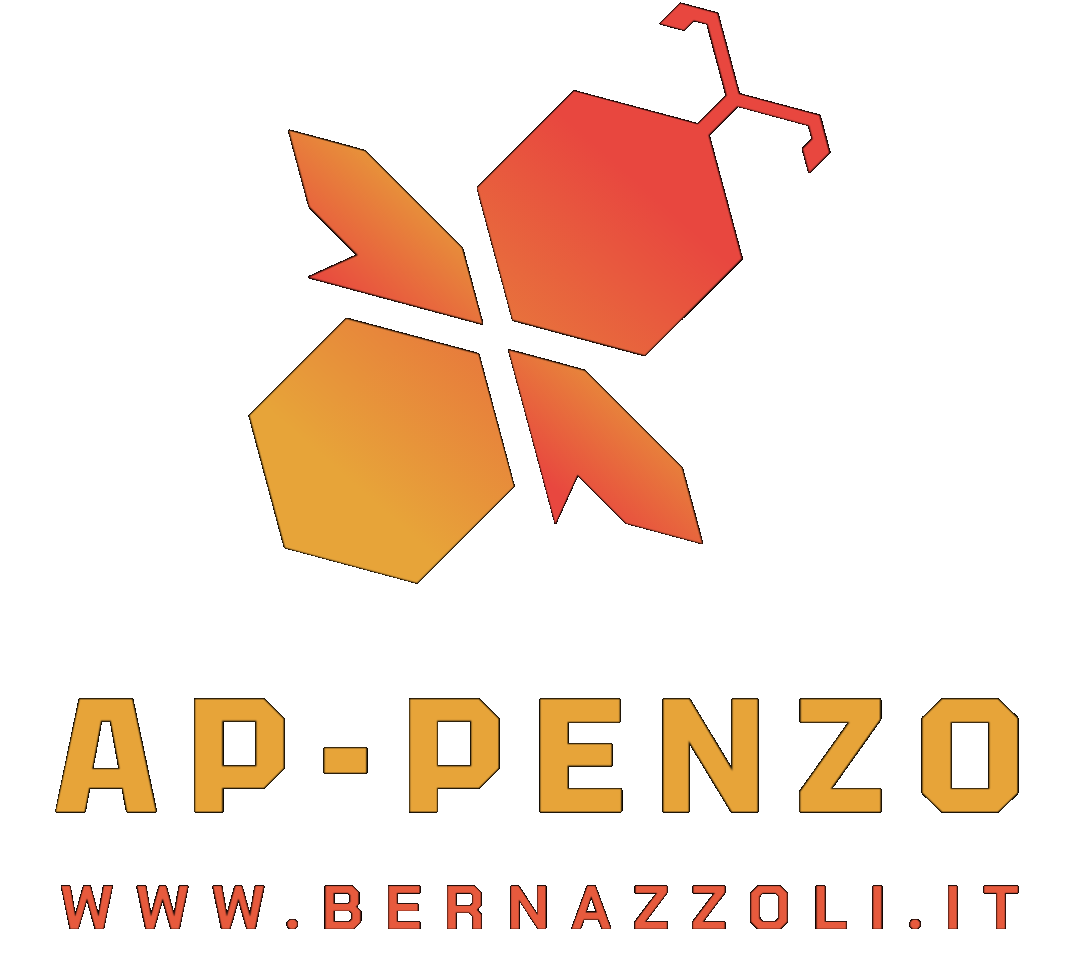
AI & INDUSTRY 5.0
L'integrazione dell'Intelligenza Artificiale nei macchinari industriali offre una vasta gamma di funzionalità mirate all'ottimizzazione dei processi produttivi e alla riduzione dei costi di produzione. Tra i servizi offerti attraverso l'A.I., possiamo trovare:


Durante la fase di progettazione di un impianto industriale, è fondamentale redigere una serie di documenti tecnici che delineano in modo dettagliato gli aspetti chiave del progetto. Di seguito, si elencano brevemente il i documenti che verranno redatti:

La procedura di installazione dell'apparecchiatura coinvolge diverse figure chiave, ognuna delle quali svolge un ruolo fondamentale nel garantire il corretto funzionamento del sistema.

Data and Application Management
Dopo aver messo in funzione il sistema, all’azienda verranno proposti due distinti metodi di gestione dei dati generati dal sistema stesso. Le due opzioni principali sono la gestione interna ed esterna:

Data analysis for system diagnostics
La funzione dell'analisi dei dati per la diagnostica degli impianti è di fondamentale importanza nel garantire il corretto funzionamento e la sicurezza delle attrezzature industriali. Tramite l'acquisizione e l'elaborazione dei dati emessi dall'impianto, i nostri tecnici specializzati possono accedere a una vasta gamma di informazioni cruciali per la valutazione delle prestazioni e il rilevamento di eventuali anomalie. Alcuni dei parametri monitorati e analizzati includono:

Predictive Maintenance Report Drafting

ACCESS TO THE DEDICATED WEB PORTAL
Predictive maintenance is a type of preventative maintenance performed after identifying one or more parameters, which are measured and processed using appropriate mathematical models to determine the remaining time before failure. Various methodologies are used for this purpose, such as trichological analysis of lubricants, vibration measurements, thermography, analysis of absorbed currents, detection of abnormal vibrations, and many others. To predict when maintenance will be necessary, it relies on the actual condition of the equipment, rather than on average or expected life statistics. A change in the measurements taken compared to the normal operating state will indicate increasing degradation and, ultimately, allow the timing of failure to be predicted. ACCESS CREDENTIALS: USER: areamanager@motive.it PW: Fermai2023!







